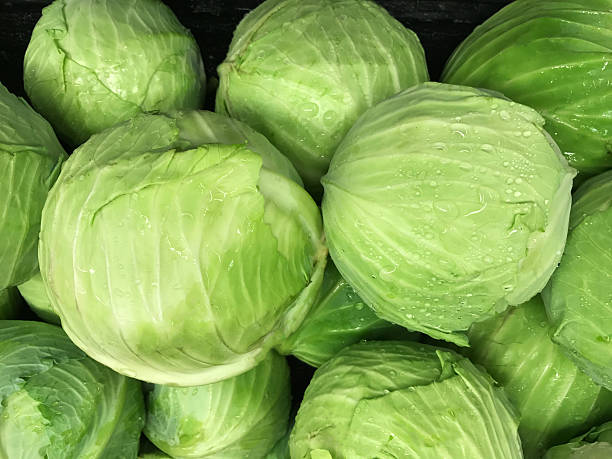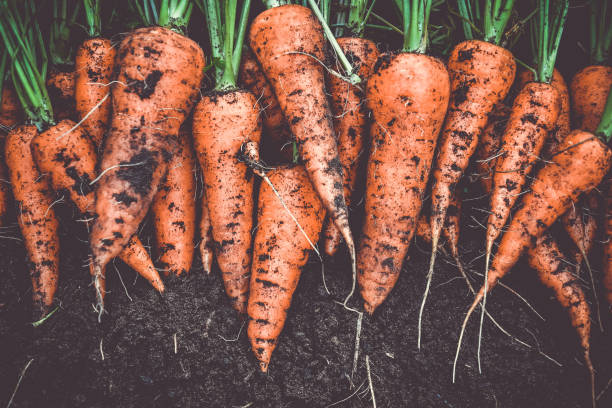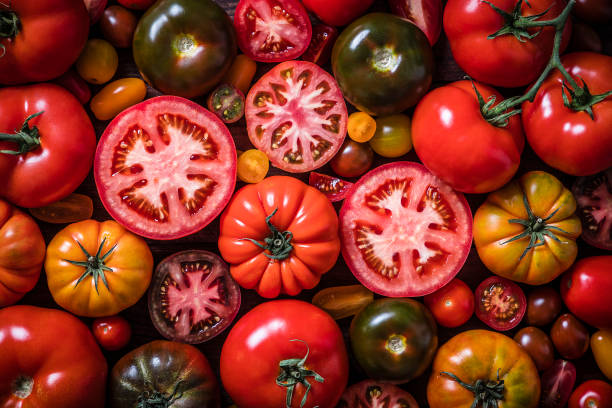Editors- Thomas Becker, Agriculture and Natural Resources Educator, Lorain County and Frank Becker, Agriculture and Natural Resources Educator, Wayne County. Contributions made from team members around the state of Ohio.
Warm and wet conditions across much of the state have continued to drive pest and disease activity in both fruit and vegetable crops. As we hit peak summer production, timely scouting and integrated pest management remain your best tools for maintaining crop health and quality.
Fruit Crops:
Spotted Wing Drosophila (SWD) remains a top concern for small fruit growers. This invasive fruit fly lays eggs inside ripening berries, with larvae feeding internally—causing soft fruit, collapse, and post-harvest losses.
To manage SWD, growers should monitor fields using baited traps placed within the fruiting zone. Traps should be checked regularly, ideally weekly, to assess fly presence. It’s important to harvest fruit frequently and remove any overripe or dropped berries to reduce egg-laying sites. At the first signs of fruit color change, apply protectant insecticides, rotating among different chemical classes such as spinosyns, pyrethroids, and organophosphates to delay resistance development. Post-harvest, rapid cooling of fruit and maintaining cold chain storage can significantly slow larval development and help protect product quality.
Sun Scald was reported in brambles following the extreme heat conditions. White or pale drupelets may appear on raspberry fruit due to intense sun exposure, a condition known as sun scald. While this disorder affects visual quality and salability, it has limited impact on flavor or nutritional value. To minimize sun scald, growers should maintain a healthy canopy by using proper pruning techniques that allow leaves to shield developing fruit. In extreme heat, consider deploying shade cloth or temporary row covers. Consistent irrigation is also critical to reduce plant stress and support recovery from heat damage.
Other pests in small fruit & orchards being reported are leafhoppers, aphids—including woolly apple, green, and rosy aphids—and spider mites (such as two-spotted and European red). These pests are showing up in scouting reports across the state. These pests often thrive during hot, dry spells and can cause significant foliage and fruit damage if left unchecked.
Regular field scouting is essential, especially on the undersides of leaves where many of these pests feed and reproduce. Growers should look for signs like stippling, curling, or honeydew. Maintaining beneficial insect populations such as lady beetles, lacewings, and predatory mites can provide natural pest control. Cultural practices such as avoiding excessive nitrogen applications can reduce lush growth that attracts pests. If pest thresholds are exceeded, selective insecticides or miticides may be used, always rotating products to reduce the risk of resistance.
Vegetable Crops
Phytophthora Root Rot has already been reported in several areas of the state, following some extremely saturated field conditions and heavy rain fall events. Persistently saturated soils have created ideal conditions for root rot diseases, particularly Phytophthora, which affects crops like peppers and cucurbits. This disease thrives in poorly drained soils and can quickly devastate fields if unmanaged. To reduce risk, improve field drainage by planting on raised beds or using plasticulture systems that shed excess water. Where appropriate, choose resistant or tolerant cultivars. Preventive fungicide applications can help protect plants during periods of prolonged soil saturation.
Powdery mildew has been confirmed in several squash plantings. Early symptoms include white, powdery patches on upper leaf surfaces and stems, which can reduce photosynthetic capacity and fruit yield. Management begins with early detection and protectant fungicide sprays. Ensuring adequate airflow by properly spacing plants and minimizing leaf wetness also helps suppress disease development. After harvest, remove infected plant debris to reduce inoculum for future crops.
Squash bugs, stink bugs, and tarnished plant bugs have been observed feeding on vegetable crops statewide. These insects damage plants by piercing and sucking, which can lead to fruit deformities, discoloration, or aborted development.
For effective management, monitor plants closely for egg masses and early nymph stages, particularly on the undersides of leaves. When practical, remove egg masses by hand and destroy them. Cultural practices like eliminating crop debris and rotating host crops each season will reduce overwintering populations. Insecticide applications are most effective against young nymphs, as adults are often more difficult to control.
Cucumber beetles and Colorado potato beetles remain highly active and continue to pose serious challenges in cucurbit and solanaceous crops. Regular scouting is critical. Consider using sticky traps or direct plant inspections to detect rising populations early. Chemical options should be applied according to threshold guidelines, rotating among different IRAC classes to delay resistance development—especially important in managing Colorado potato beetle, which has a history of rapid resistance buildup.
In sweet corn fields, damage from European corn borer (ECB) has been reported. Monitoring ECB with pheromone traps can help time insecticide applications precisely. Applications are most effective when timed just after egg hatch, before larvae have a chance to bore into stalks and ears where they are protected from contact sprays. For growers planting sweet corn regularly, Bt hybrids are an effective tool for reducing ECB damage.






 exhibiting blotchy ripening have discolored sections. For example, defected fruits are mostly red on the outside but contain areas that are green, yellow, gray, or paler red than the remainder of the fruit, such as shown in the picture. Blemished areas may be more common on the half of the fruit nearest the stem. The flesh, especially vasculature, of fruit exhibiting blotchy ripening may be brown or broken down.
exhibiting blotchy ripening have discolored sections. For example, defected fruits are mostly red on the outside but contain areas that are green, yellow, gray, or paler red than the remainder of the fruit, such as shown in the picture. Blemished areas may be more common on the half of the fruit nearest the stem. The flesh, especially vasculature, of fruit exhibiting blotchy ripening may be brown or broken down.






















